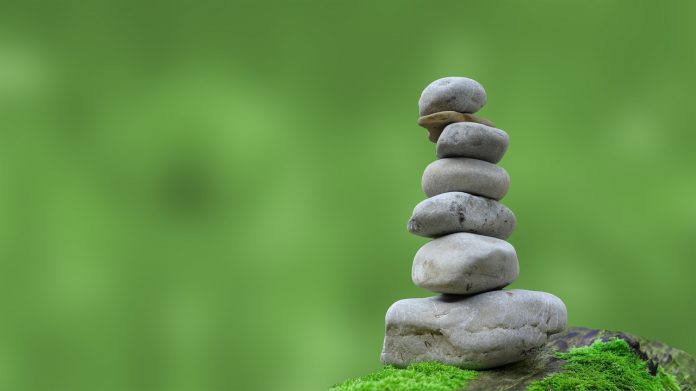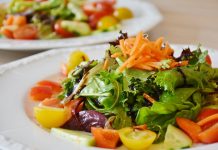
I drink only water and skim milk and eat approximately 500 calories per meal (high protein, low fat, high complex carbohydrate, low carbohydrate (sugar?), low cholesterol, lots of greens, veggies and some fruit). I don’t snack at all.
I think you were right about my BMR (Basal Metabolic Rate). I think that is what we calculated (1400-1500 calories per day) in kinesiology class. I do live a somewhat active lifestyle, so you’d think that on 1600 calories per day (with exercise) I would drop below 135-lb. eventually.
When I came to college I weighed 120 pounds and was exactly the same height. My freshman year I gained 15 fat pounds (I didn’t work out at all) and then started exercising and calorie counting. I haven’t lost a pound since. (It has been a year.) Maybe I have lost fat and gained leg muscle, thus decreasing my fat % (which I haven’t measured since my freshman year), thus balancing it out with muscle mass.
I do own a caliper. Would you be able to provide me with instructions on how to determine body fat percentage using lots of fat roll measurements and frame measurements over my whole body? (We used a crude caliper method in Kinesiology, but I have heard that there are better caliper methods).
I don’t want to drop below 5% because I have heard that that is bad for you. I don’t care too much about image, I just like to be energetic and healthy (and to be able to outrun people in cross-country!). Thanks for your advice!
If you don’t write down everything you eat and then analyze your food with a nutrition software program, you may be underestimating your calorie intake. Calories add up quickly.
Your assessment of your body composition shift from initially gaining 15 pounds of body fat to starting an exercise program and converting fat to muscle is probably accurate. You are fortunate to have combined the right food and exercise to accomplish this, which is preferred. You are right in that fat is dead weight to a runner, but you do need some body fat for hormone production as well as cushioning and insulating the internal organs.
Skinfold measurements (also called anthropometry) using a calibrated hand-held caliper is used to estimate the amount of fat under the skin. It cannot measure the fat in and around your internal organs though. Skinfolds are taken at various areas of the body to determine the fat distribution and depend on the gender of the person being measured. It takes lots of experience to become accurate and the measurements still can have a 3 to 5 percent error. To determine your accuracy in measuring skinfolds, you would need other body fat assessment methods and blood tests that determine body protein stores. I used to do hundreds of skinfolds in a hospital and had access to blood work to validate whether or not my skinfold measurements were accurate. I would highly suggest you contact your kinesiology instructor to demonstrate how to measure body fat correctly as it requires demonstration of proper technique, which I cannot provide here. Then do lots of them to perfect your technique. Typically, we measure men at the chest, abdomen, and thigh. We measure women at the triceps, thigh and above the hipbone (iliac crest). Then these measurements are averaged and analyzed using tested formulas.
The most valid method for determining body fat is underwater (hydrostatic) weighing. Another method called electrical impedance has gained some popularity but is dependent on the hydration as well as other factors of the subject being tested.


